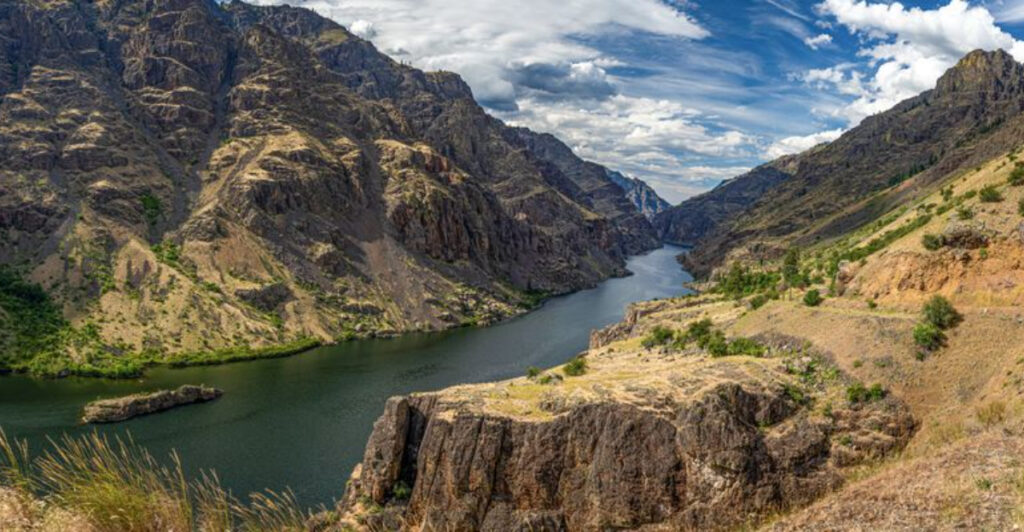When it comes to natural wonders in America, the Grand Canyon often steals the spotlight. But tucked away between Idaho and Oregon lies a hidden treasure that might just outshine America’s most famous gorge. Hells Canyon, carved by the mighty Snake River, plunges deeper and offers wilder experiences than its more famous cousin. For adventure seekers and nature lovers looking to escape the crowds, this magnificent landscape delivers jaw-dropping views without the tourist buses.
America’s Deepest Gorge Beats All Records
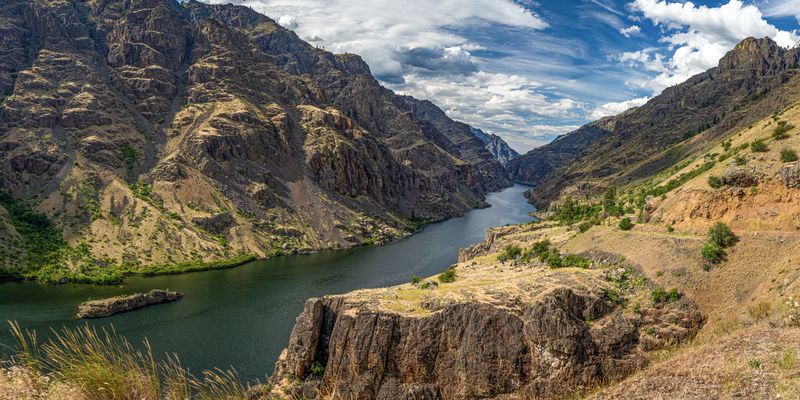
Standing at the rim of Hells Canyon will leave you breathless – not just from the thin mountain air, but from the sheer scale of what lies before you. At nearly 8,000 feet deep, this dramatic slash in the earth plunges about 2,000 feet deeper than the Grand Canyon.
The massive gorge stretches for more than 70 miles along the Idaho-Oregon border, creating one of North America’s most spectacular wilderness areas. Unlike the Grand Canyon’s colorful layers, Hells Canyon features dramatic basalt cliffs and rugged terrain that appears almost untouched by human hands.
The Snake River carved this monumental canyon over millions of years, creating a landscape that feels both ancient and alive. Eagles soar through its depths while bighorn sheep navigate seemingly impossible cliff faces, adding living movement to this geological masterpiece.
Geological Youth Defies Expectations
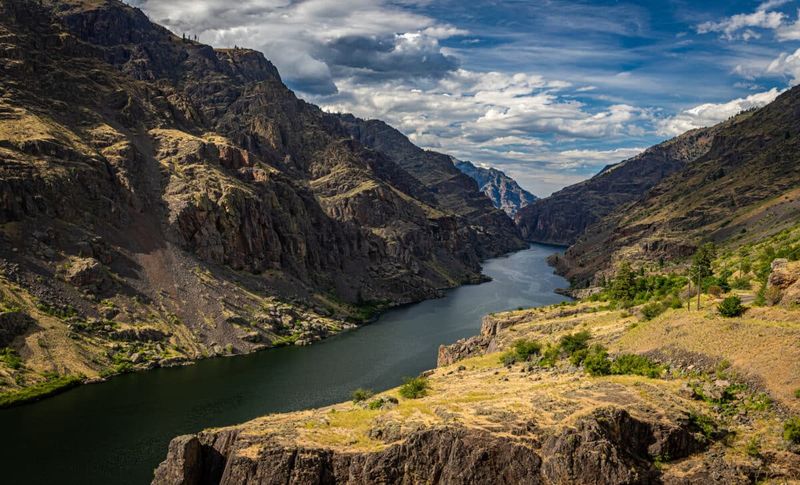
Would you believe this massive canyon is practically a baby in geological terms? While the Grand Canyon took 5-6 million years to form, recent scientific studies reveal Hells Canyon carved itself in a mere 2.1 million years – practically overnight in Earth time!
This rapid formation happened when the Snake River dramatically changed course, unleashing powerful erosive forces that sliced through rock layers at an astonishing pace. Scientists discovered this timeline using cutting-edge dating techniques on ancient river gravels and cave sediments preserved high above today’s river level.
The canyon’s youth explains its exceptionally steep walls and narrow passages compared to other major canyons. Its formation story represents one of nature’s most impressive fast-track construction projects – a geological sprint rather than the usual marathon of canyon creation.
Wild Solitude Replaces Tourist Crowds
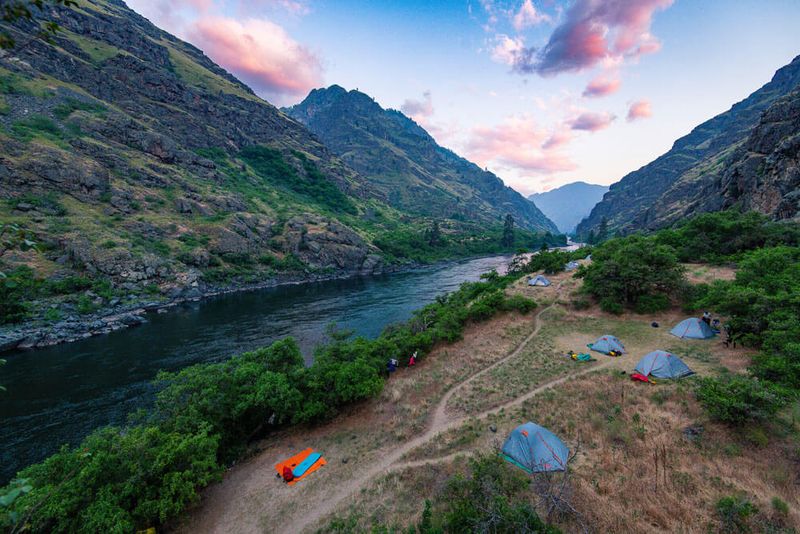
Forget fighting through selfie sticks and tour buses. Hells Canyon rewards those willing to venture off the beaten path with magnificent isolation rarely found in today’s connected world. The canyon’s remote location between Idaho and Oregon creates a natural barrier that keeps visitor numbers low.
Access points remain limited to a handful of rugged roads and trails, preserving the area’s pristine character. Rangers report that Hells Canyon receives just a fraction of the Grand Canyon’s annual visitors – sometimes fewer people in a year than the Grand Canyon sees in a single day!
This solitude creates opportunities for genuine wilderness experiences. Hikers might spot elk, black bears, or mountain lions without another human in sight. Campers can fall asleep to the sound of rushing water rather than neighboring tourists, experiencing nature as it was meant to be.
Living Museum of Natural History
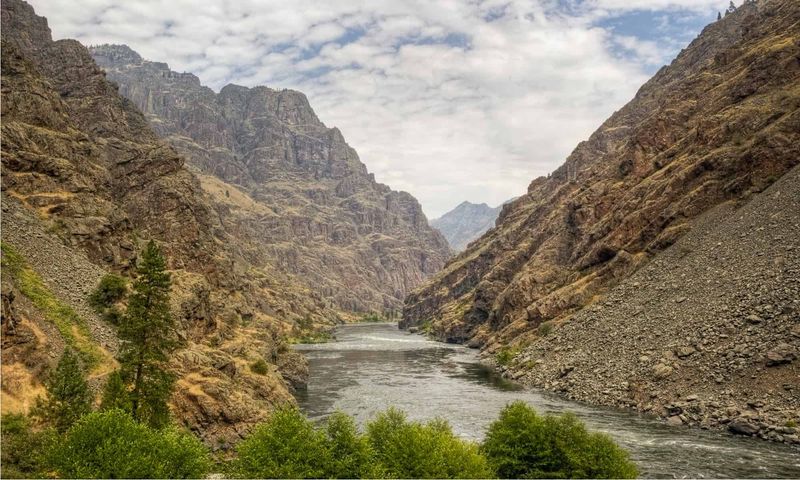
Hells Canyon harbors secrets from both natural and human history within its rugged walls. Ancient petroglyphs etched into rock faces tell stories of indigenous peoples who thrived here for thousands of years before European settlement.
The canyon’s unique ecosystem supports plants found nowhere else on Earth, including Hells Canyon onion and Snake River goldenweed. These botanical rarities adapted specifically to the canyon’s harsh conditions, creating microclimates that fascinate scientists and nature enthusiasts alike.
Wildlife thrives in this protected corridor, with bighorn sheep navigating impossible-looking cliff faces and peregrine falcons diving at speeds over 200 mph. Visitors might also encounter evidence of early homesteaders who carved out difficult lives here – abandoned cabins and mining equipment stand as testament to human determination in this challenging landscape.
Adventure Options Surpass Expectations
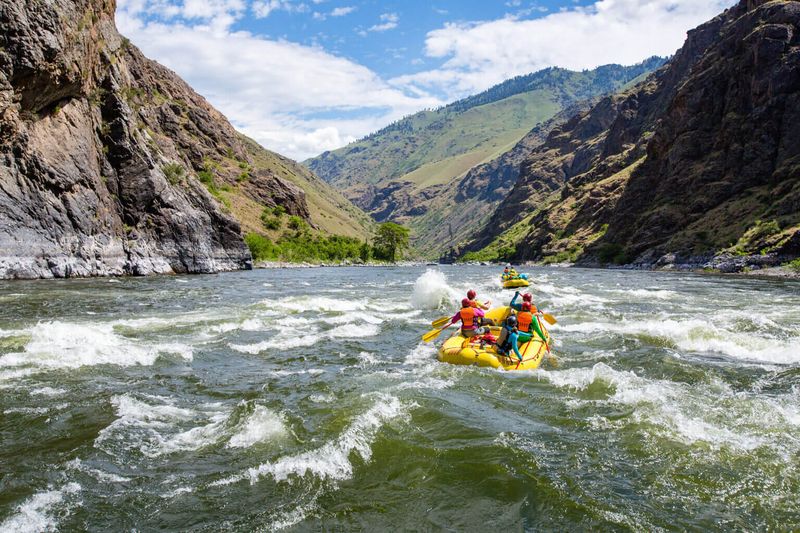
The Snake River roars through Hells Canyon creating North America’s deepest whitewater experience. Rafting enthusiasts tackle legendary rapids with names like Wild Sheep and Granite Creek, experiencing heart-pounding thrills amid towering canyon walls.
For those who prefer land-based adventures, the Hells Canyon Scenic Byway winds 218 miles through spectacular terrain. Pull-offs reveal panoramic vistas that stretch for miles, while hiking trails lead to hidden waterfalls and abandoned homesteads waiting to be discovered.
Fishing opportunities abound with sturgeon, steelhead, and bass inhabiting the river’s depths. Winter brings another dimension as backcountry skiers and snowshoers explore powder-covered ridges with the canyon dropping away below. Unlike the Grand Canyon’s primarily rim-based activities, Hells Canyon offers multi-dimensional adventures that immerse visitors in its wild heart.

